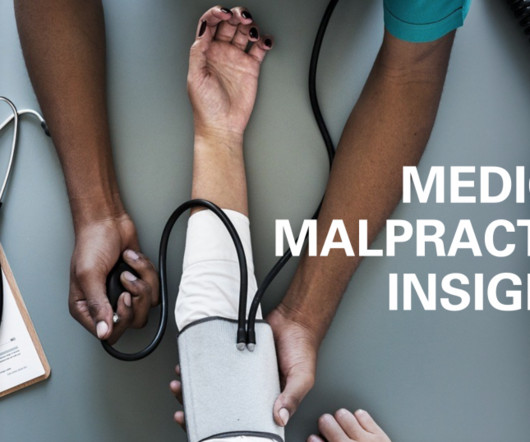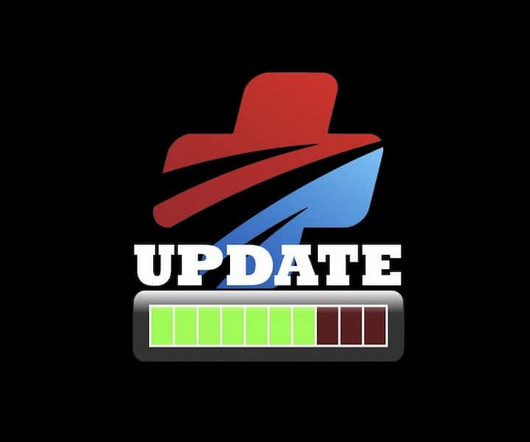Medical Malpractice Insights: Fibroids Found on Ultrasound
EMDocs
MARCH 28, 2025
Heres another case from Medical Malpractice Insights – Learning from Lawsuits , a monthly email newsletter for ED physicians. The goal of MMI-LFL is to improve patient safety, educate physicians and reduce the cost and stress of medical malpractice lawsuits. To opt in to the free subscriber list, click here. Stories of med mal lawsuits can save lives.












Let's personalize your content